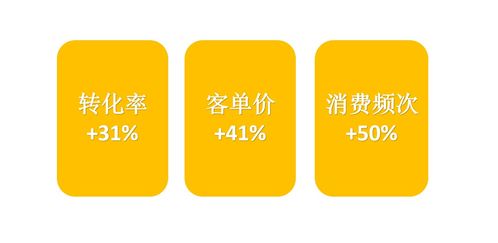Understanding the Business Model

When it comes to buy now pay later (BNPL) companies, understanding how they make money is crucial. These companies offer customers the ability to purchase goods and services immediately and pay for them over time, often with no interest. But how do they generate revenue? Let’s delve into the various ways these companies make money.
Transaction Fees

The most common way BNPL companies make money is through transaction fees. These fees are charged to the merchants for each transaction processed through the BNPL platform. The fee is typically a percentage of the transaction amount, and it can vary depending on the company and the type of transaction. For example, a BNPL company might charge a 2% fee for every transaction, which can add up significantly for high-value purchases.
Interest and Fees for Customers

While many BNPL services offer interest-free payment plans, some do charge interest or fees. If a customer fails to make the minimum payment by the due date, they may be charged a late fee or interest on the remaining balance. These fees can vary widely, with some BNPL companies charging as much as 30% interest on the outstanding balance. It’s important for customers to understand these potential costs before using a BNPL service.
Subscription Models
In addition to transaction fees and interest, some BNPL companies offer subscription models. These models charge customers a monthly fee in exchange for access to the BNPL service. This can be particularly appealing for customers who frequently use BNPL services, as it can provide them with more flexibility and convenience. The subscription fee can range from a few dollars to several dollars per month, depending on the company and the level of service provided.
Data and Analytics
BNPL companies also generate revenue through data and analytics. By analyzing customer spending patterns and creditworthiness, these companies can offer valuable insights to merchants and financial institutions. This data can be used to tailor marketing campaigns, improve credit scoring models, and develop new financial products. Some BNPL companies may even sell this data to third parties, generating additional revenue streams.
Partnerships and Integrations
BNPL companies often partner with merchants, payment processors, and financial institutions to offer their services. These partnerships can be lucrative, as they allow BNPL companies to expand their reach and customer base. In return for integrating the BNPL service into their platforms, merchants and payment processors may receive a share of the transaction fees or other incentives.
Marketing and Branding
Marketing and branding also play a significant role in how BNPL companies make money. By building a strong brand and promoting their services, these companies can attract more customers and merchants. This can lead to increased transaction volumes and, consequently, higher revenue. BNPL companies may invest in advertising, sponsorships, and other marketing initiatives to grow their business.
Table: Comparison of BNPL Companies’ Revenue Streams
| BNPL Company | Transaction Fees | Interest and Fees | Subscription Models | Data and Analytics | Partnerships and Integrations | Marketing and Branding |
|---|---|---|---|---|---|---|
| Afterpay | Yes | Yes | Yes | Yes | Yes | Yes |
| Sezzle | Yes | No | No | Yes | Yes | Yes |
| Splitit | Yes | No | No | Yes | Yes | Yes |
Understanding how BNPL companies make money can help you make informed decisions when using these services. By knowing the potential costs and revenue streams, you can better manage your finances and choose the right BNPL service for your needs.



